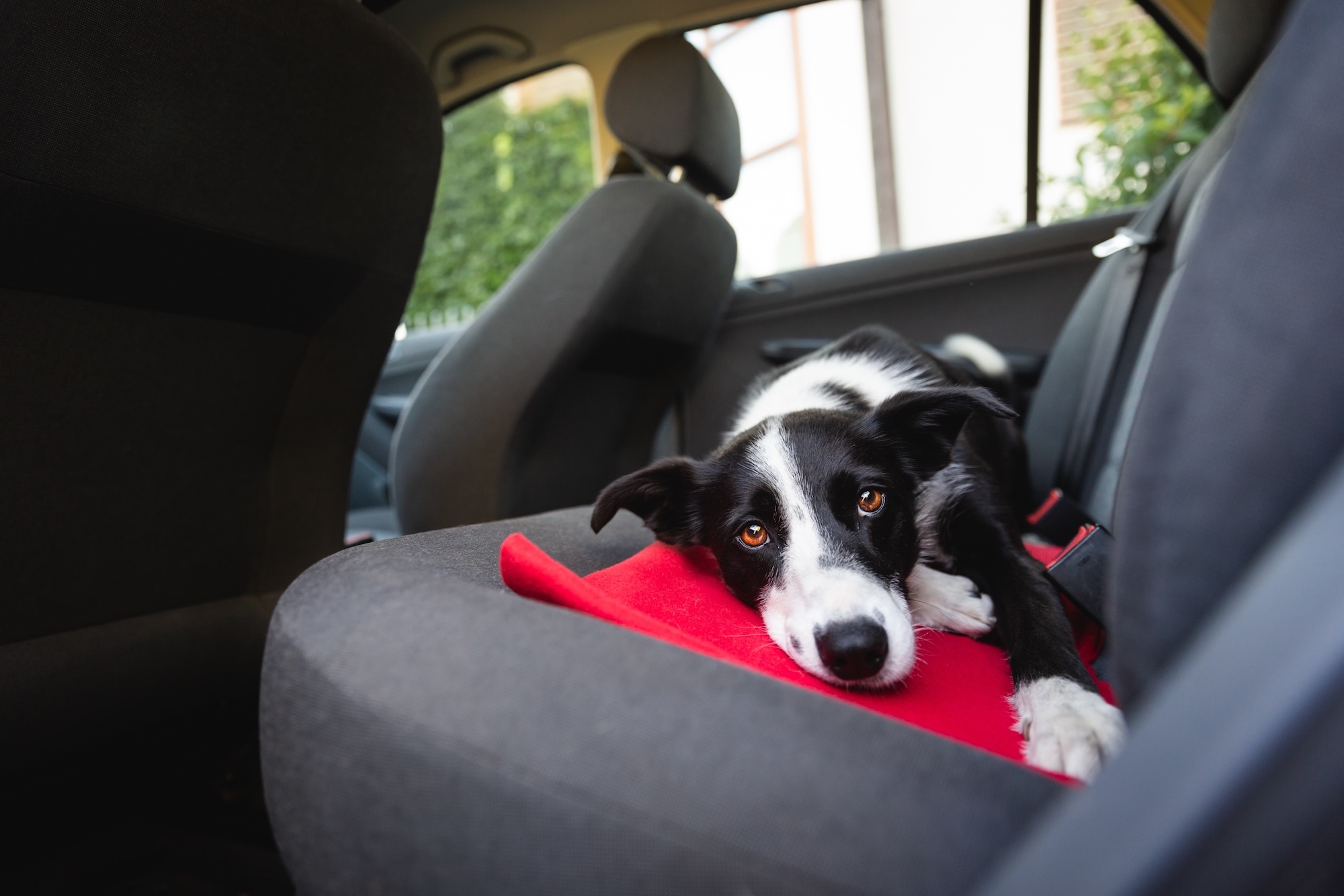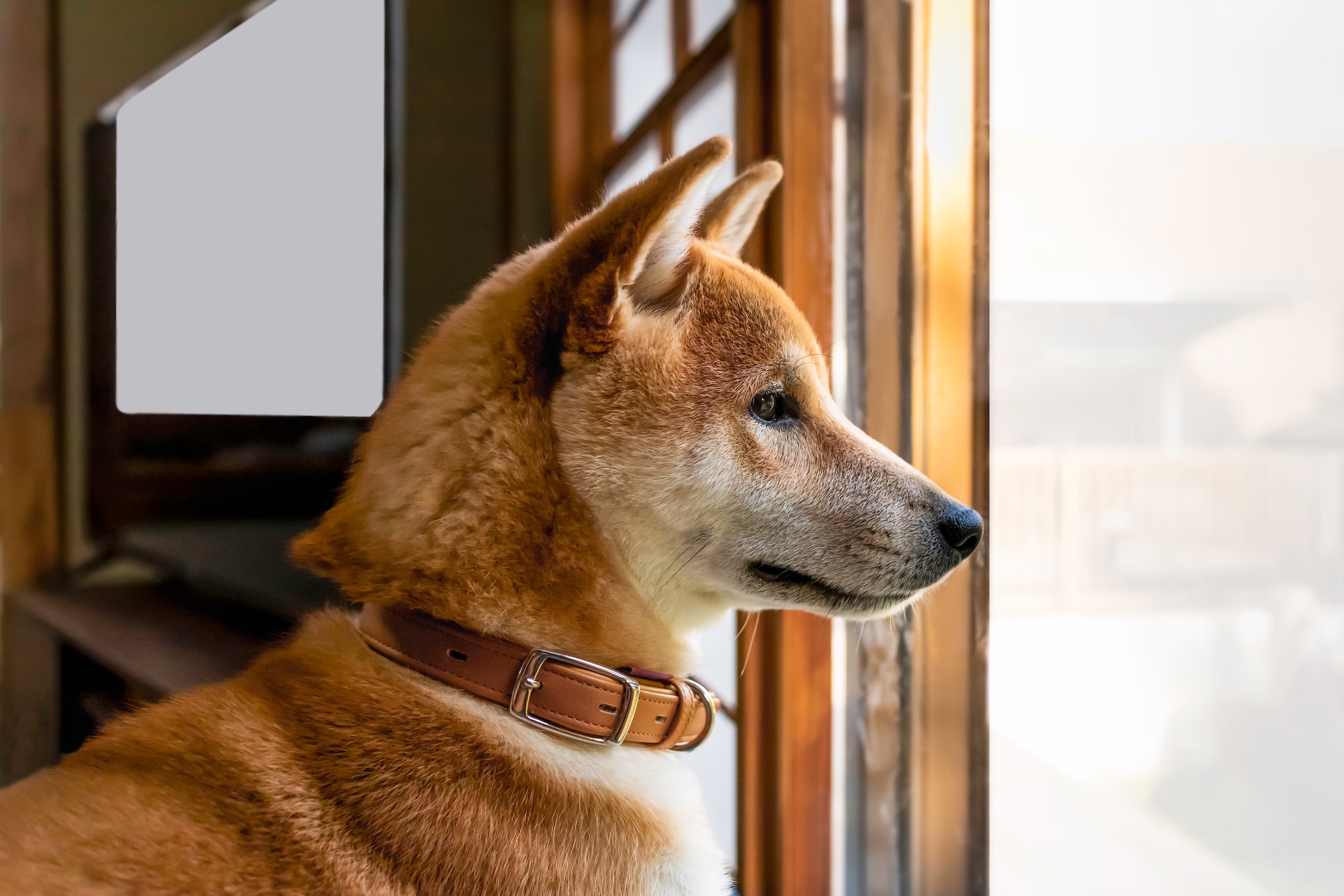Whether they’re tiny or giant, silly or serious, floofy or sleek, we can’t get enough of our dogs, and we love them the way they are. But there’s one area of their life where more isn’t better, and where you DO need to judge them—their weight and body condition.
59% of dogs in the U.S. are overweight or obese. For dogs, as for humans, being overweight comes with significant health consequences—it’s linked to numerous ailments including arthritis, chronic kidney disease, bladder/urinary tract disease, liver disease, diabetes, heart failure, high blood pressure, and cancer.
Compounding the problem is the fact that many dog owners may not realize their dog is overweight. 36% of dog owners perceive their overweight dogs to be at a normal weight. The truth is, it doesn’t take a lot of extra weight to start seeing the negative effects of excess weight. While we tend to think of “a few pounds” in human terms—no big deal—for a dog, those few pounds can be a health hazard (read more about obesity and how to help your dog lose weight here). Research shows that overweight dogs can live up to 2.5 fewer years than their leaner counterparts.
At the same time, it’s important that your dog doesn’t become too lean, which could mean they lose muscle mass and their healthy body fat. You can monitor your dog’s weight, checking it regularly during vet visits and ensuring that it stays within the healthy parameters for your dog’s breed, size, and age. But there’s also a test you can do at home to keep an eye (and a hand) on how lean or fat your dog is.
What is a Body Condition Score (or BCS)?
Getting an accurate picture of a dog’s body condition is also important when it comes to weight management, because weight doesn’t tell the whole story, and every dog is different. One 20-pound dog might be a rail thin senior, and another might be a chunky younger dog, and this is vital information when it comes to determining, and updating, portion sizes.
Veterinarians assess your dog’s body condition by sight and touch using something called a Body Condition Score. Typically using a 1-5 or a 1 to 9 -point scale that ranges from too-skinny (1) to obese (9), they will determine whether your dog needs to lose, maintain, or gain weight.
Here, with the help of some of our favorite office dogs, The Farmer’s Dog co-founder Brett Podolsky demonstrates how you can determine your dog’s Body Condition Score with a simple sight-and-touch test you can do at home.
Read more about the Body Condition Score here.
And for a pre-portioned fresh food plan that makes it easy to maintain your dog’s weight, and adjust as their needs change, visit The Farmer’s Dog.




